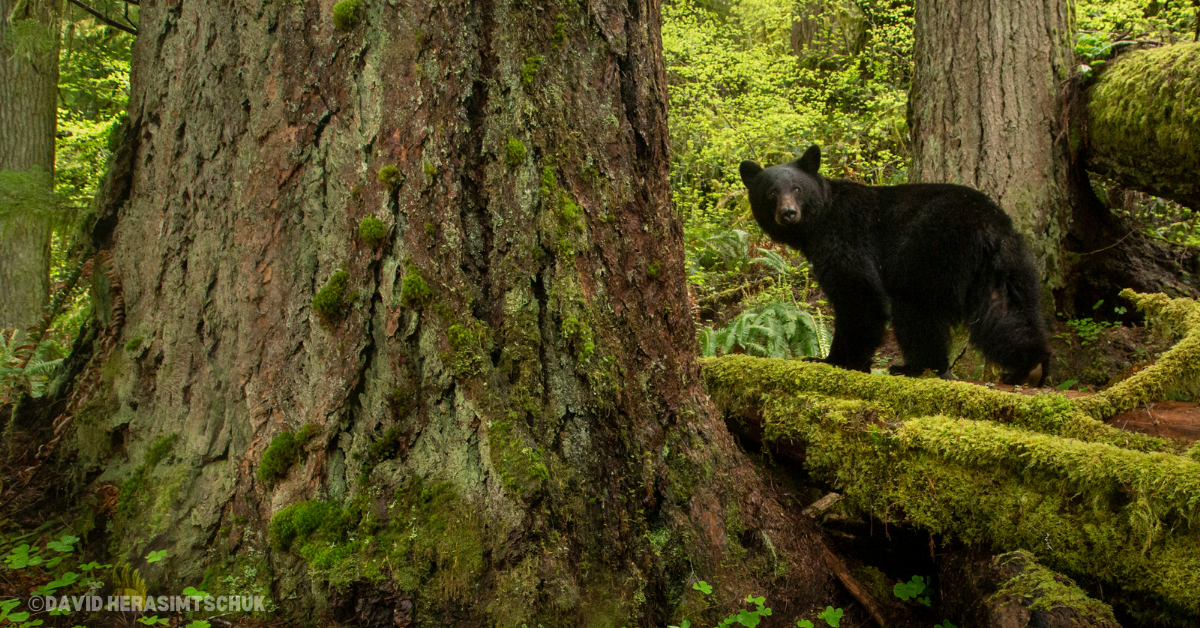
Last year, in anticipation of our 50th anniversary, the Oregon Wild team began working with a local design agency to create a new logo and brand identity, the first update since we adopted the Oregon Wild name in 2006.
Our goal was to capture the essence of this place we call Oregon, of the important role we all play in protecting it, and of the fierce need for our mission to continue. We wanted to feature the untamed wildlands, waters, and wildlife that define Oregon’s landscape while ensuring that our new identity embodied the fighting spirit of our community. As we look to the future, our brand will channel the tenacity, assertiveness, and fierce love required to safeguard the places and wildlife beloved by us all.
At the heart of our new identity lies a representation of our mission.

The bear icon is based on a photo of a black bear taken in the Oregon Coast Range by a friend of Oregon Wild. The bear is both a silent protector of the landscape and asking you what you will do for the wild.
The hawk is an homage to the old mark.
The stylized fringe of the hill marks the shape of the land; it could also read as claw marks, a bird’s wing, a feather, ferns, or other natural elements. The hill breaks the frame that surrounds it as a metaphor for boundless and uncontained (wild) nature.
The orange ring frames our mission's urgency, a visual alarm calling on us all to take action.
The background blue is inspired by the distinctive aquamarine waters of Oregon’s streams.
Yes, we have a new logo. But, at our core, Oregon Wild remains the same. A scrappy, tenacious group of people standing up for Oregon’s wild places so that nature in Oregon doesn’t just survive, but thrives.
In the coming weeks, we will begin releasing our new brand into the wild. You will notice updated emails, print materials, merchandise, and a new website. We hope that they will ignite your own protector instinct for Oregon’s wildlands, wildlife, and waters for many years to come.

